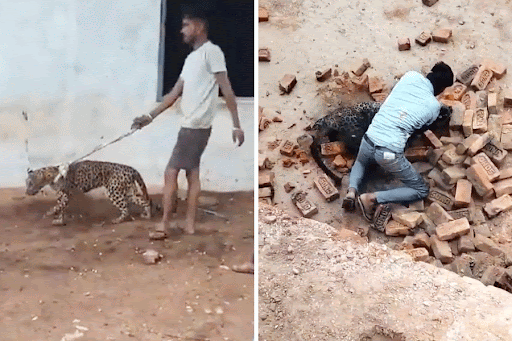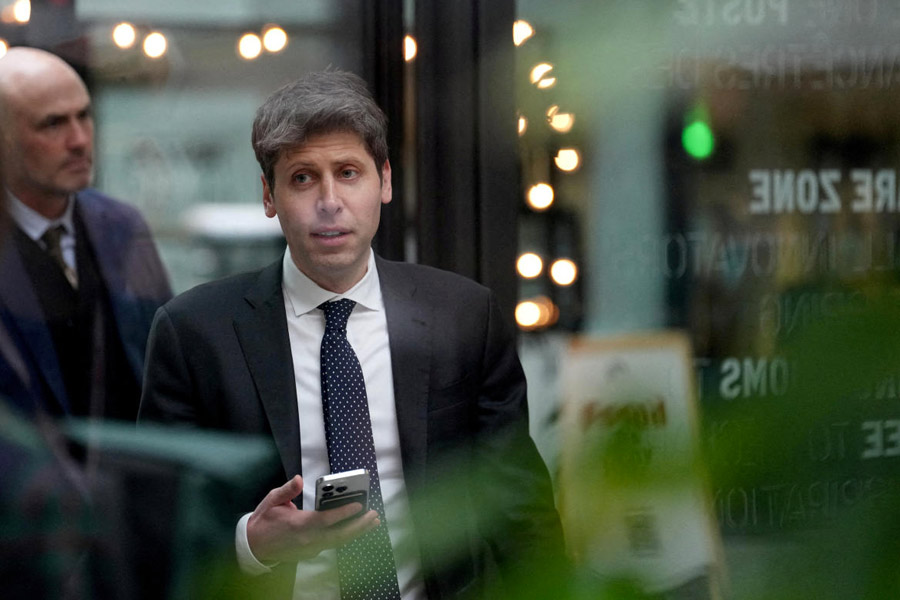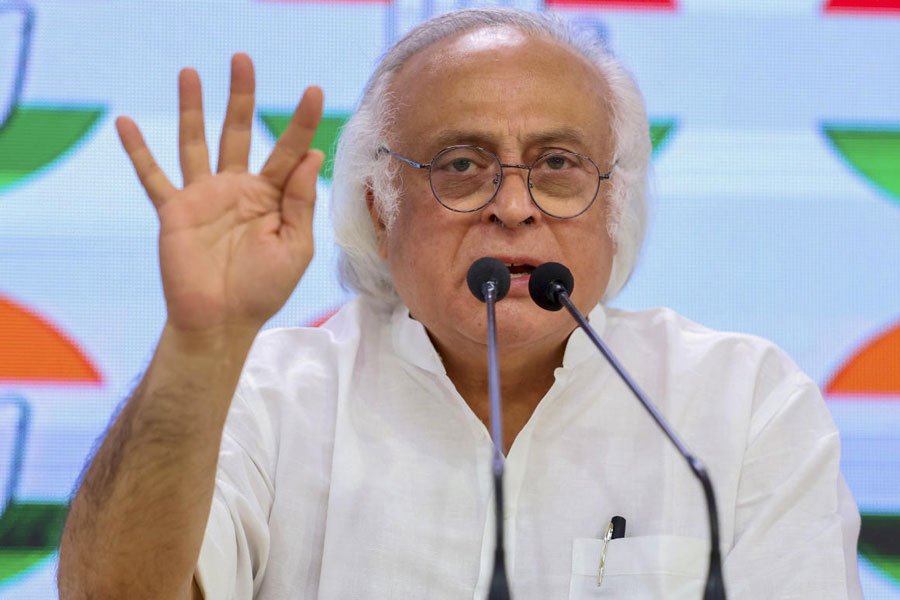 |
| Pics: Amit Baruah |
The City of Bidjanagar [Vijaynagara] is such that the pupil of the eye has never seen a place like, and the ear of intelligence has never been informed that there existed anything equal to it in the world.
— Abdur Razak, envoy from Herat to the court of Devaraya II in 1443
A world heritage site deserves a world-class museum. So, after wandering around the city of Hampi in modern Karnataka, which the United Nations says bears “exceptional testimony” to the vanquished civilisation of the Kingdom of Vijaynagara (1336-1565), one would expect to see an exceptional museum.
In parts, the Kamalapur museum of the Archaeological Survey of India (ASI) is certainly exceptional. You will see headless replica statues of Krishna Deva Raya and his wife, an exceptional model of the ruins of Vijaynagara and some fantastic works of art that adorn the museum.
Sculptures of Virabhadra, Bhairava, Bhikshatanamurti, Mahishasuramardini, Shakti, Ganesha, Kartikeya with his consorts, and Durga are also on display.
Another gallery displays assorted antiquities such as arms and armoury, copper plate grants, gold and copper coins of the Vijayanagara dynasty in different denominations, as well as some manuscripts, the ASI website says.
You might be excused for not knowing what is what in the Kamalapur museum because the labels on many of the sculptures have simply fallen off. There is no description of what a manuscript might contain.
But that’s just the beginning. Outside, in the garden of the Kamalapur museum, hundreds of statues lie unattended. Some of them find pride of place in the main lawn while others are placed closer together for lack of space at the rear of the museum building.
 |
 |
| Monumental mess: Stains on priceless artefacts. Pictures by the author |
Again, many of these are without labels. When this writer walked around the lawns, he could see piles of wooden rubbish. Whitewash marks — side effects of cleaning done at some point of time — can be seen on the priceless statues. One statue, possibly of Ganesha (and one can’t tell, because there is no label), had a stream of water flowing underneath.
“It is a fact that the museum does not have sufficient space... to store all these fragmentary specimens because it is also used for storing other stores,” says the ASI’s director of museums, Urmila Sant, in an email response to specific queries.
The state that the exhibits are in is not new to the ASI. In a note to Sant, the assistant superintending archaeologist P.S. Sriraman says as much. “...the [museum] building is in a dilapidated condition owing to bulging reinforcements and chunks of plaster concrete falling frequently. This office had informed the superintending archaeologist Bangalore Circle for appropriate action,” he says in a note which was forwarded to this writer.
The presence of the marks, however, surprises Sriraman. To the best of “our knowledge none of the sculptures has been whitewashed”, he says.
He, however, admits that some drops may inadvertently have fallen on sculptures when adjacent walls and masonry pedestals for the sculptures were being whitewashed.
“The [whitewash] marks are unrelenting to normal and simple cleaning. However, they will be removed immediately... in consultation with the science branch,” the email continues.
The ASI also claims that no sculpture is lying in the middle of rubbish. “A few of them, broken and fragmentary pieces, are randomly stacked around the reserve collection building. These will be restacked in a proper manner very soon,” Sriraman adds.
The richness of the sculptures is undisputed — both in the museum and atop the many temples that dot the ruins of Hampi in Karnataka. Whether these sculptures have survived in full or fragment, they need to be protected and kept away from the elements.
The ASI, however, argues that displaying sculptures on the lawns of the museum is considered a safe practice and these are “likely to withstand the vagaries of nature”.
For the thousands of tourists — Indian and foreign — who throng Hampi, a visit to the Kamalapur museum is often part of their itinerary.
They certainly deserve better — better management of the museum as well as protection and conservation of the existing riches that once adorned the palaces and temples of the Vijaynagara Empire.
Instead, what they see is a sheer assault of a treasured heritages.











